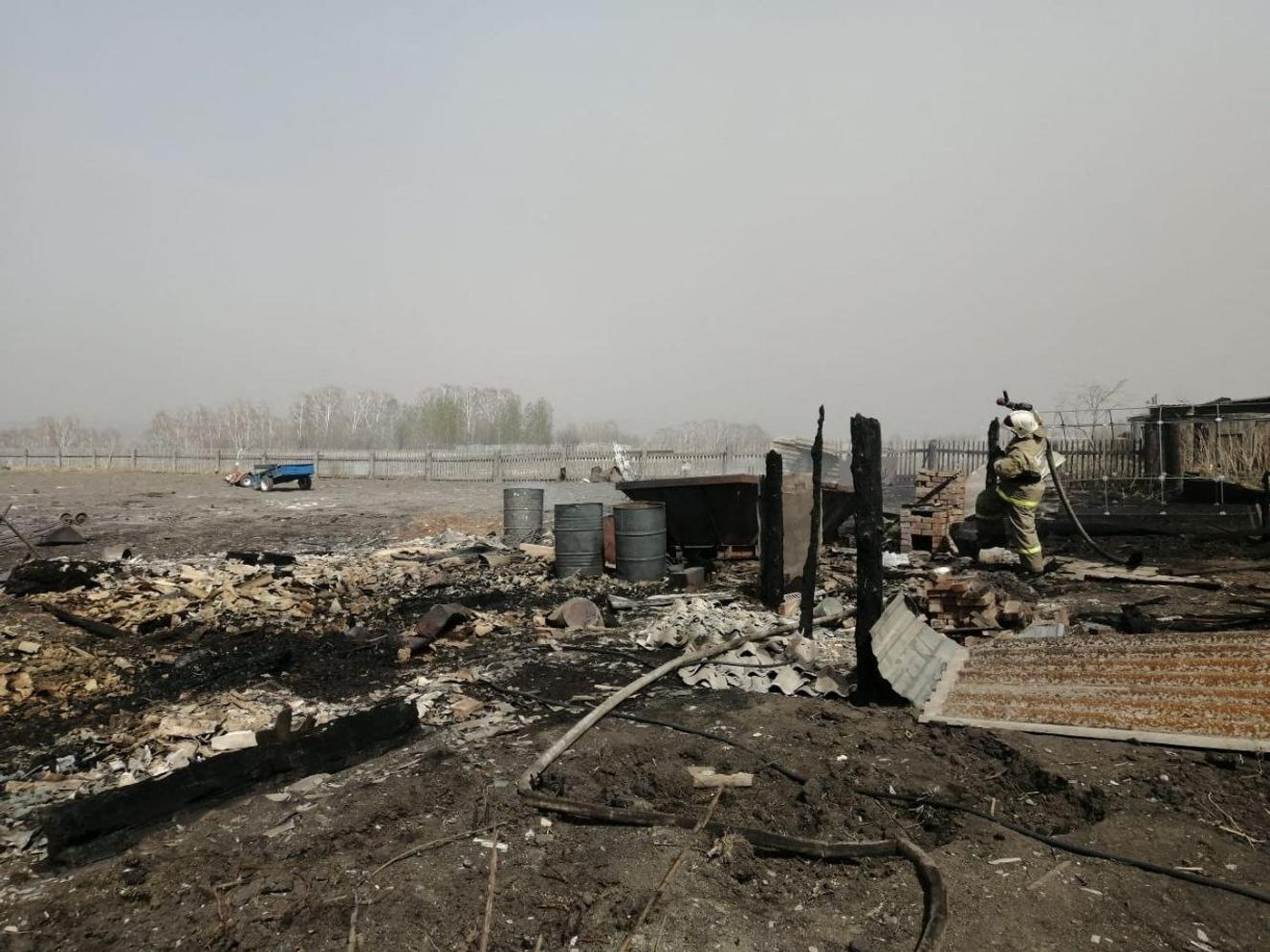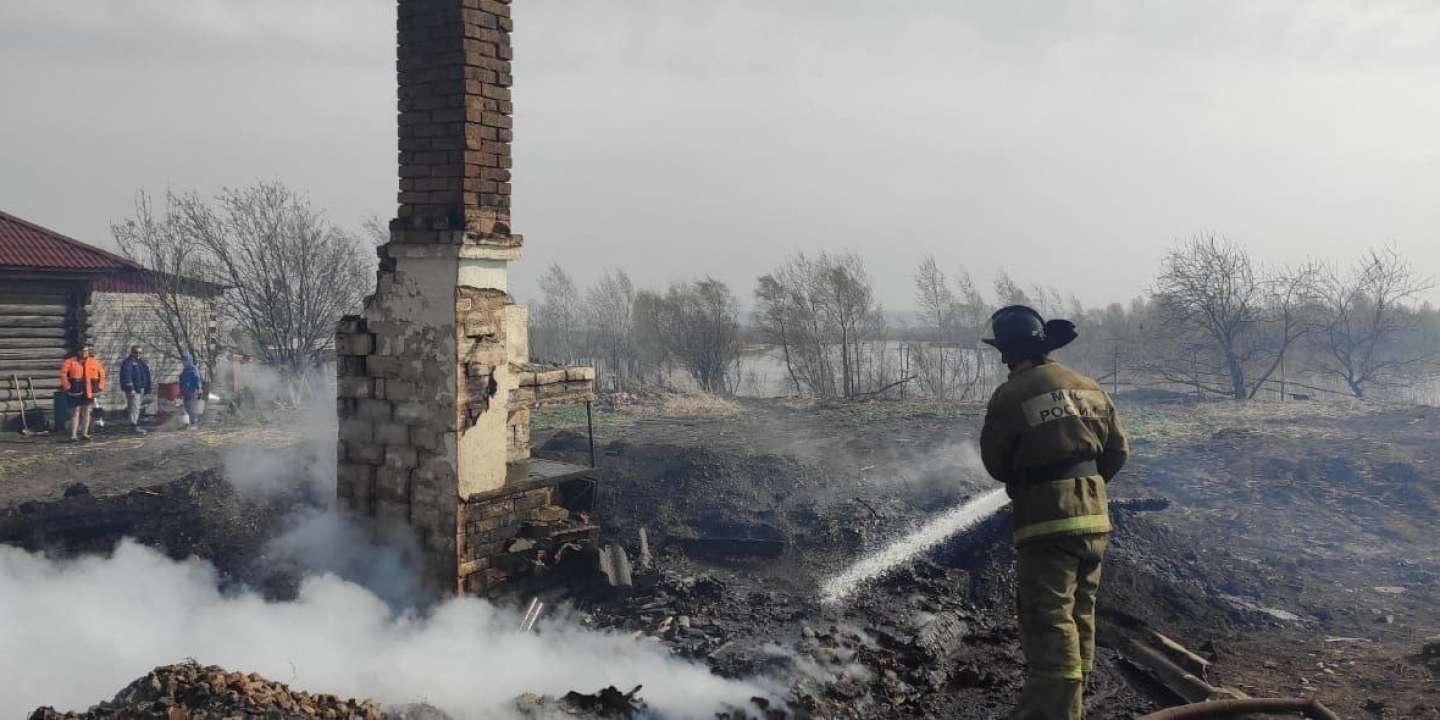
Scientists call them « zombie fires ». These forest fires that seem to rise from the dead, smoldering under the snow during freezing winters, before resurfacing in the spring. Compounded by strong winds, numerous fires are underway in the Krasnoyarsk region of eastern Siberia.
These fires, which affected hundreds of buildings, killed a dozen people, local authorities reported on Saturday May 7. Calling the situation a » difficult « the regional authorities declared a state of emergency.
In the Krasnoyarsk region, where a state of emergency was declared, more than 450 houses were affected and at least five people died, local authorities reported. There are at least seventeen injured, including ten hospitalized. In Kemerovo oblast, three people were found dead in a burned house and a criminal investigation was opened. In the Omsk region, there are two dead and eight wounded.
According to the authorities, about three hundred people and more than ninety vehicles are mobilized to put out the fires. “Extinguishing is complicated by weather conditions – high winds accelerate the spread of fires and make it difficult to put an end to them”, said the Ministry of Emergencies of the Krasnoyarsk region. Due to the wind, the fight against the flames can only be done on land, without recourse to aviation.
Highly polluting fires

After holding an emergency meeting, the governor of the region, Alexandre Ouss, said in a statement that the fires had been caused by winds reaching in some regions 40 meters per second against 25 meters per second forecast. This wind would have caused « falling trees, overlapping and falling power lines »after which “fires broke out simultaneously in many areas of the Krasnoyarsk Territory”.
The winds are expected to maintain this intensity for “at least four to six hours”reports the office of the governor. “We have asked for help from our neighboring territories but we are aware that this will only happen in the best case for a few hours”said Mr. Ouss.
“I gave the order to cut off the electricity in part of the territory of the region, with the exception of survival facilities, gas stations and water supply systems”, he added. In the most affected areas, “temporary accommodation points will be opened and people will benefit from medical and psychological assistance”.
Unprecedented fires have been ravaging Siberia for several years. As the Arctic warms at more than twice the rate of the rest of the world, rising temperatures could lead to more winter fires in the future.
This phenomenon is all the more worrying because the Arctic regions contain a lot of carbon, in the forests, in the soils and in the permafrost, these permanently frozen soils. In 2021, fires, particularly in eastern Siberia, released 16 million tonnes of carbon (the fourth highest volume since the start of measurements in 2003), according to the annual European climate report. In 2020, fires across the Arctic Circle emitted 244 million tonnes of COe2the equivalent of Spain’s annual emissions.
